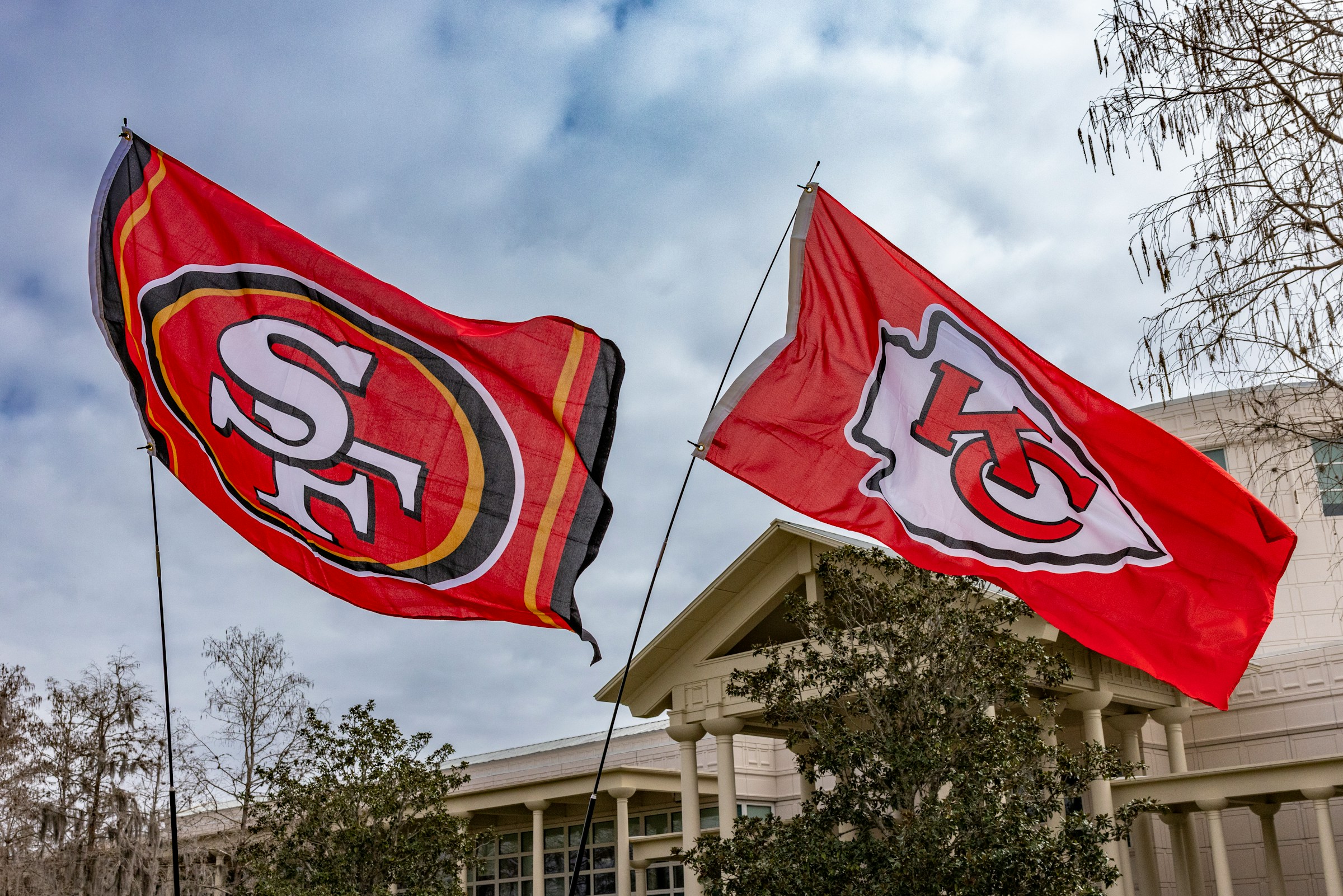The dust has settled, the confetti has been swept away, and another Super Bowl weekend has come and gone. But while the game itself may be over, the impact of the advertising blitz that accompanies it lingers on. This year brands pulled out all the stops to capture the attention of millions of viewers tuning in for the big game.
Increase of influencer marketing
One of the standout trends from this year’s Super Bowl advertising spectacle? The increasing prominence of influencer marketing and commerce strategies. With TV ad spots fetching $7 million for just 30 seconds of airtime, agencies got creative, looking for new ways to stretch their advertising dollars.
In the weeks leading up to the game, influencer agencies were hard at work, forging partnerships and crafting campaigns designed to make a splash during the Super Bowl. From established Hollywood names like Chris Pratt to emerging influencers, brands sought out personalities who could help them connect with their target audience in a meaningful way.
And connect they did. Take, for example, the collaboration between influencer, Addison Rae and Nerds. In a move that raised eyebrows and captured headlines, the influencer starred in the brand’s first-ever Super Bowl commercial, promoting their latest product, ‘Gummy Clusters’ to millions of viewers.
Brands have more opportunities than ever
Influencer marketing agencies made strides in expanding their offerings beyond traditional social media channels. With new digital, audio, and augmented reality experiences on the table, brands had more opportunities than ever to engage with consumers in innovative ways.
And the results speak for themselves. According to industry experts, influencer-led campaigns drove significant traffic to both online and offline locations, outperforming traditional advertising methods in terms of engagement and conversion.
Influencers vs Celebrities
But perhaps the most intriguing aspect of this year’s Super Bowl advertising frenzy was the ongoing debate over the role of influencers versus celebrities. While some argued that established Hollywood names still hold sway in the world of advertising, others pointed to the unique ability of influencers to connect with audiences in a more authentic and relatable way.
As the curtains close on another Super Bowl weekend, one thing is clear: influencer marketing is here to stay. With its ability to drive engagement, generate buzz, and deliver tangible results, it’s no wonder that brands are increasingly turning to influencers to help them navigate the ever-changing landscape of modern advertising. And with each passing year, it seems that influencers are only growing in influence, cementing their status as key players in the world of marketing and commerce.
Shea Carter, our VP, Social + Influencer says
“Overall, we’re seeing influencer marketing budgets increasing at a faster rate than social media ad spending, especially given the rise in creator-led content across platforms like TikTok and Instagram. The lines between influencer and celebrity have been blurring for some time, and it’s not uncommon for macro influencers to have broader reach through social media than mainstream celebrities. As a result, influencers are now being presented with the kinds of opportunities that used to be reserved for celebrity endorsements during the Super Bowl. The scalability of influencer partnerships is also appealing to brands, from smaller activations like sharing game day recipes or inviting influencers to brand-sponsored events to casting macro influencers like Kris Jenner, Addison Rae and Benny Drama as talent in their ads. With the added boost of Taylor Swift’s influence on NFL viewership this season, more eyeballs will be on the Super Bowl than in years past, making this an even more valuable opportunity to leverage influencers to drive brand awareness.”





